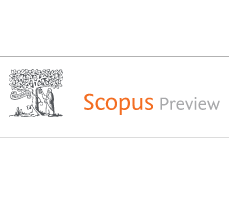Abstract
Novel techniques for joining thermoplastic composites and aluminium alloys are critical for underpinning the development of crashworthy and lightweight multi-material automotive structures. Lap bonding interfaces represent a fundamental joint in typical automotive structures. This study investigates the crashworthiness of single-lap, adhesively bonded and interlocked-hybrid composite-metal joints using low-velocity transverse impact tests and post-impact tensile tests. For a more practical estimation of the transverse impact performance of automotive structural joints and as an alternative to widely employed test methods in the literature, viz., fully-supported overlap and unsupported overlap, this work proposes a new transverse impact testing method, employing a partially-supported overlap. Single-lap, baseline adhesive joints (BAJs) and interlocking adhesive joints (IAJs) were impacted at different energy levels on both facets, i.e., one set on the aluminium surface and another on the composite surface. Overall, for similar absorbed energy levels, the IAJs suffer less damage than BAJs. For both IAJs and BAJs, the impact on the composite surface results in a better residual performance relative to the aluminium surface. After 10 J impact, IAJs respectively present up to 114% and 16-times higher lap-shear strength (LSS) and work-to-failure (WF) relative to BAJs. Post 12.5 J impact on the composite surface, IAJs exhibit 100% and 75% retention in LSS and WF, respectively.
Pour en savoir plus : Impact damage tolerance and residual performance of novel interlocked-hybrid structural joints

